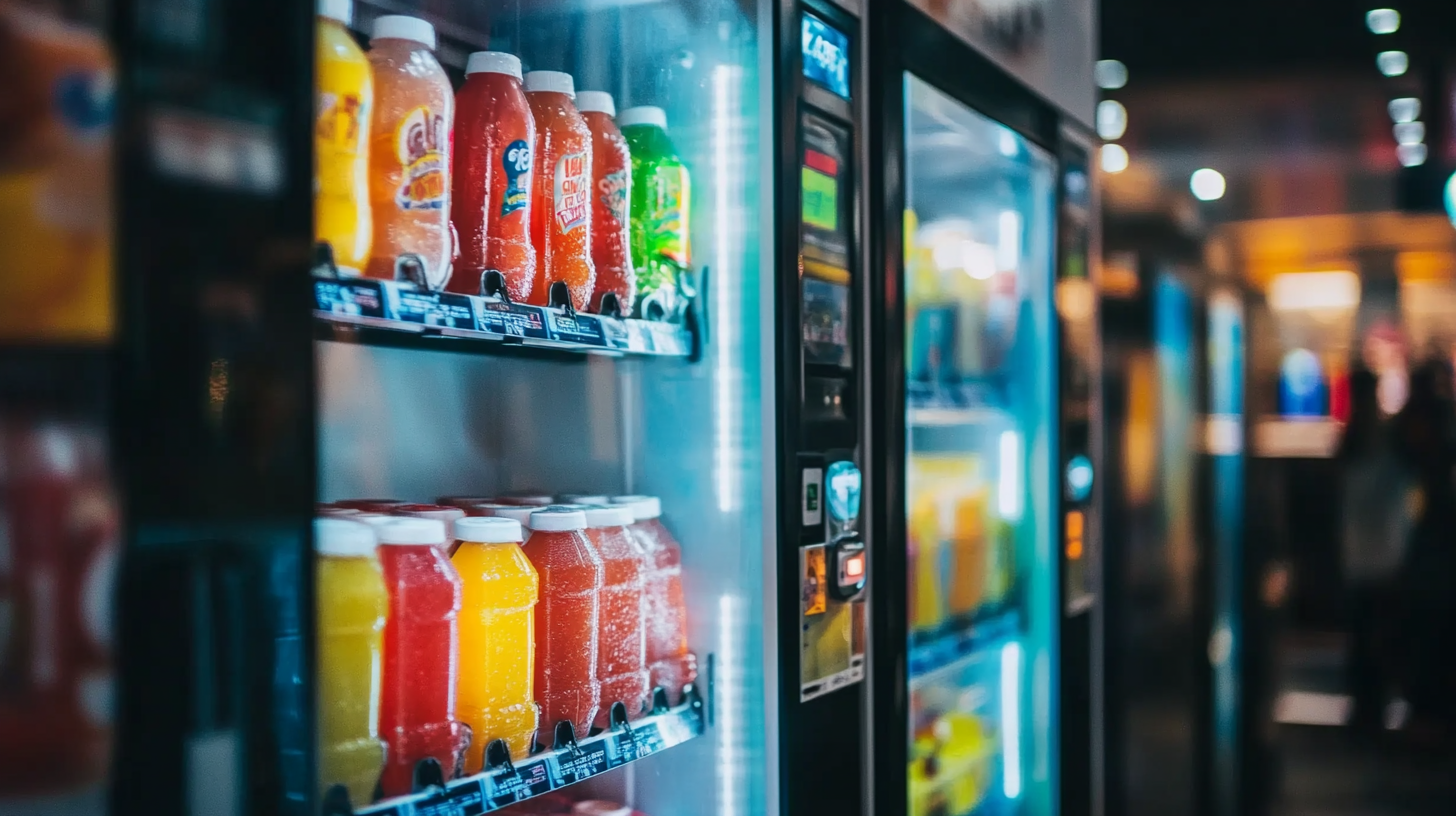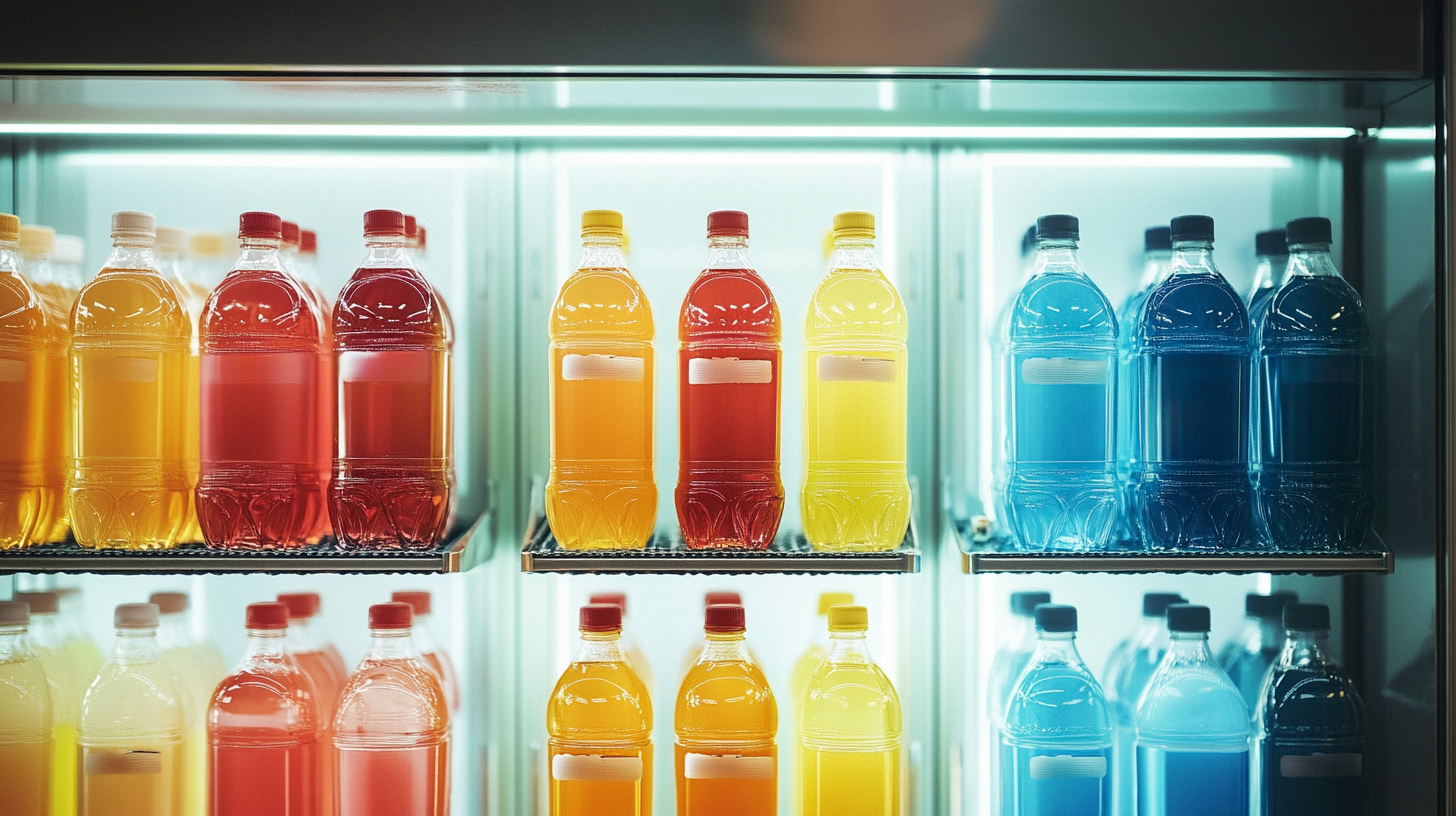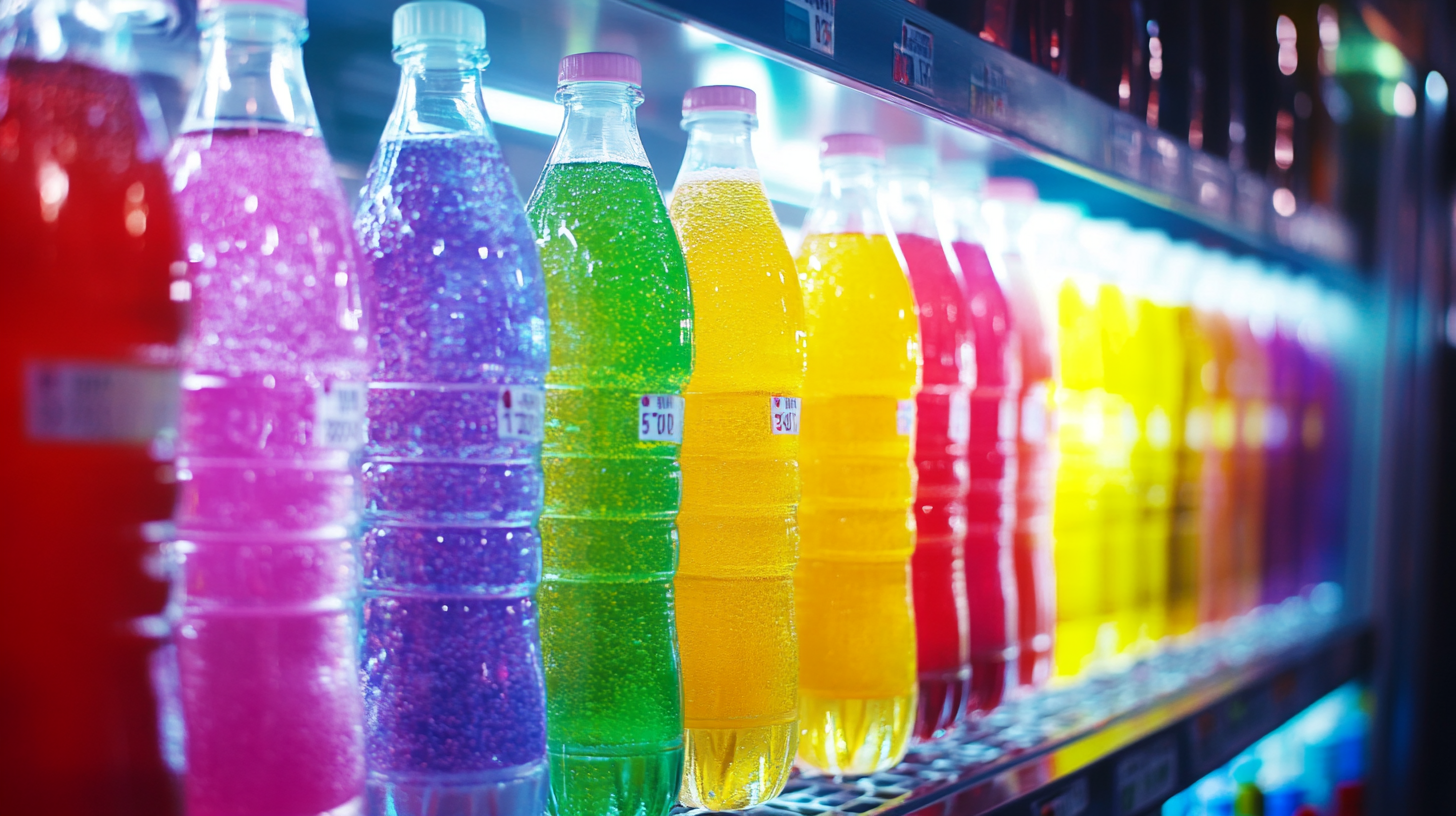Global Standards for Hot Drinks Vending Machine Production You Should Know
Let’s face it—these days, everything moves so fast! Convenience is a big deal for all of us, especially when we're talking food and drinks. That’s why Hot Drinks Vending Machines have really taken off! They’ve totally changed how we get to enjoy our favorite warm drinks, giving us instant access to coffee, tea, and all those comforting hot beverages with just a simple push of a button. But with all this growth in the vending machine market, there’s also this important need to stick to some global standards. You know, the kind that keeps everything safe and efficient while ensuring top-notch quality too.
So, here’s the thing: understanding the global standards for making these Hot Drinks Vending Machines is super important for everyone involved—manufacturers, operators, and even us consumers! These guidelines make sure the machines are durable, work safely, and that the drinks are consistently good. In this blog, we’ll dive into the different international standards that play a role in the production of Hot Drinks Vending Machines. We’ll check out why they matter and how they impact the whole industry. By getting to know these standards, everyone involved can really up their game and provide the best experience for users all around the world!

Key International Standards Governing Hot Drinks Vending Machines
In recent years, the global demand for hot drinks vending machines has surged, leading to a need for international standards governing their production. Countries like Japan and the United States have a high density of vending machines, with one for every 25 to 60 people, respectively. In contrast, the ratio in China is markedly lower at around one machine for every 2,200 individuals, indicating substantial potential for growth in this sector. As businesses rush to capitalize on the vending machine trend, understanding the key international standards becomes crucial for manufacturers aiming to enter this competitive market. The international standards governing hot drinks vending machines address various aspects including safety, energy efficiency, and product quality. Standards set by organizations such as ISO ensure that machines are designed to operate safely, minimizing risks to users and the environment. Furthermore, compliance with energy efficiency standards not only helps reduce operational costs but also aligns with global sustainability goals. Manufacturers must also ensure that the beverages contained are maintained at appropriate temperatures, providing consumers with a fresh and enjoyable experience. Amid this landscape, innovative developments are emerging, such as vending machines designed to absorb carbon dioxide. These advancements position vending machines not just as convenient food sources, but also as players in the larger context of environmental responsibility. As the industry evolves, staying informed about international standards will be crucial for companies seeking to navigate the complexities of production and create products that meet consumer expectations while adhering to regulatory requirements.

Understanding Compliance Requirements for Beverage Safety and Quality
When it comes to hot drinks vending machines, ensuring compliance with beverage safety and quality standards is paramount. Various international organizations, such as the International Organization for Standardization (ISO) and the International Electrotechnical Commission (IEC), have established rigorous guidelines aimed at enhancing product safety and consumer trust. For instance, according to a 2022 report by MarketsandMarkets, the global food safety testing market is expected to grow to USD 22.3 billion by 2025. This signifies the increasing emphasis that manufacturers are placing on adhering to safety and quality regulations in the production of vending machines.
In addition to general safety standards, specific compliance requirements must be met regarding the materials used in vending machines. For example, the FDA’s Food Contact Notifications (FCNs) dictate stringent guidelines to prevent harmful substances from leaching into beverages. A recent study published in the Journal of Food Science highlighted that nearly 50% of vending machine beverages were found to have safety compliance issues related to packaging material. This underlines the critical importance of utilizing certified materials in the manufacturing process to mitigate potential health risks.
Furthermore, manufacturers must also focus on ensuring proper machine hygiene, as contamination remains a significant risk in vending environments. A survey conducted by the Food and Drug Administration (FDA) in 2023 revealed that nearly 30% of vending machines tested showed signs of bacterial contamination. This statistic reiterates the necessity of implementing regular cleaning protocols and maintaining optimal conditions to guarantee the quality of hot beverages dispensed to consumers. By understanding and adhering to these compliance requirements, producers can enhance both the safety and quality of their hot drinks vending machines.

Essential Design Considerations for User-Friendly Vending Machines
When designing user-friendly vending machines for hot drinks, several essential considerations must be taken into account to ensure a seamless experience. The layout should prioritize accessibility, allowing users to easily navigate the options available. This includes using intuitive interfaces and clear labeling to guide users towards their desired selections. Ensuring that the machine's components are within reach can dramatically enhance user satisfaction, particularly for individuals with disabilities or those carrying heavy items.
Moreover, the aesthetic and environmental design of vending machines should align with contemporary urban green initiatives. As cities strive for harmony between nature and urban living, incorporating sustainable materials and energy-efficient technology into the vending machine's design can significantly contribute to this goal. By blending the machine into green spaces, perhaps through natural colors or textures, designers can create a cohesive look that respects the surrounding environment while also providing a modern, engaging user experience.
Additionally, incorporating features that promote interaction with the machine can make using it more enjoyable. Touch screens with customization options, or even gamified reward systems, can turn the mundane task of purchasing a drink into a delightful experience. Ultimately, the aim is to develop vending machines not just as utilitarian objects, but as integral parts of urban landscapes that encourage sustainable living and community engagement.

Environmental Regulations Impacting Hot Drinks Vending Machine Production
As the demand for hot drinks vending machines continues to rise, so does the importance of adhering to environmental regulations that govern their production. These regulations are designed to minimize the ecological footprint of manufacturing processes and promote sustainability. Key aspects include the reduction of waste, efficient use of resources, and the implementation of energy-saving technologies throughout the production cycle.
One of the main regulatory frameworks that impact hot drinks vending machine production is the European Union's Eco-Design Directive. This directive mandates that manufacturers consider the environmental impact of their products at every stage, from design and production to disposal. This includes using recyclable materials and ensuring that the machines are energy-efficient, aligning with the global push towards greener practices. Manufacturers must stay informed about such regulations to avoid legal penalties and maintain competitive advantage.
Additionally, the rise of consumer awareness regarding environmental issues has prompted companies to not only comply with regulations but also to champion sustainable practices. Stakeholders are increasingly favoring brands that prioritize eco-friendly production methods, which has led to innovations such as the use of biodegradable components and the integration of renewable energy sources in vending machine operation. As the industry moves forward, aligning production practices with environmental regulations will be essential for ensuring long-term success and fostering consumer trust.
Trends in Technology and Innovation for Vending Machine Manufacturing
The global vending machine market is undergoing a transformative evolution, particularly in the realm of hot drinks and refrigerated options. Rapid advancements in technology are driving this growth, with the market for smart vending machines projected to escalate from $11.47 billion in 2025 to $36.89 billion by 2032 at an impressive CAGR of 18.2%. This increase indicates a burgeoning demand for innovative solutions that cater to modern consumer needs while also integrating advanced functionalities.
Notably, companies are embracing cutting-edge technologies like artificial intelligence and edge computing, revolutionizing the traditional vending experience. With AI-driven visual recognition systems, machines can now personalize offerings and streamline transactions, moving away from mechanical operations to a more interactive and user-friendly interface. As the market adapts to new consumer expectations, partnerships between technology firms and vending machine manufacturers are becoming essential. Such collaborations enable the development of sophisticated software systems that enhance operational efficiency and contribute to a more seamless shopping experience.
Refrigerated vending machines are also on the rise, spurred by an increasing demand for frozen and chilled products. Predictions show that by 2024, this market may reach $6.5 billion, with a sustained CAGR of 7.5% through 2034. This growth reflects changing consumer behaviors and the need for convenient access to quality food options. As innovation continues to permeate the industry, the future of vending machines seems poised for significant advancements, aligning with broader trends in convenience, efficiency, and consumer engagement.
